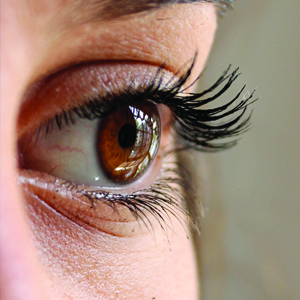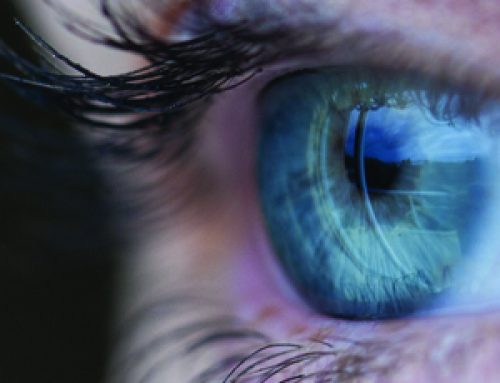Dry Eye Disorders
 Dry eyes can be very uncomfortable. People with dry eyes complain of burning, grittiness, redness, and (ironically) excessive tearing. For these people, wearing contact lenses may be irritating, or even impossible.
Dry eyes can be very uncomfortable. People with dry eyes complain of burning, grittiness, redness, and (ironically) excessive tearing. For these people, wearing contact lenses may be irritating, or even impossible.
What Causes Dry Eyes?
Myriad medical conditions may lead to dry eyes, including:
- Arthritis
- Lupus
Diabetes - Sarcoidosis
- Salivary gland disease
In addition, the tendency to drink less water as we age, the dependence on soft drinks for fluid replacement, local water shortages, and hot, dry weather may all lead to dehydration in the eyes.
Many medications also contribute to dry eye symptoms. Antihistamines often cause dry and irritated eyes. Antidepressants like Prozac may cause dry mouth and eyes, causing vision problems. Drugs for dizziness, birth control pills, diuretics, and blood pressure medications all increase the chances of dry eyes.
Behavioral and environmental issues are also contributors, such as:
- Drinking lots of coffee
- Being around cigarette smoke
- Wearing contact lenses
- Spending time in buildings with air conditioning or heating
- Traveling in airplanes
- Being in ultraviolet light
- Staring at a computer screen
- Not blinking enough
Substances in Tears
Tears are comprised of three different types of secretions:
- Oil, produced by the meibomian glands located in the eyelids, floats above the watery portion of the tears and keeps the eyes from drying quickly
- Mucous, produced by the goblet cells inside the eyelids, forms the layer in direct contact with the eye
- The watery portion, produced by the lacrimal glands, is sandwiched between the other two layers
Most of the products sold over-the-counter to treat dry eyes only replace the watery portion of tears and must be used with great frequency.
Hormones to the Rescue?
It is becoming more apparent that disorders of the oil-producing meibomian glands may be the reason behind up to 75% of the complaints of dry eye diseases. Research (and even United States patents) point to the lack of androgens, such as testosterone and DHEA, as the underlying problem with oil production in tears. Androgens control lipid production of the sebaceous glands in the body, including the meibomian glands. Eye drops and ointments or gels to be used around the eyes containing testosterone or DHEA have been the focus of studies, and have produced encouraging results.
Possible Treatments with Estrogen
Postmenopausal women tend to be more afflicted with dry eyes than men of the same age, which suggests that estrogens may be a contributing factor in dry eyes. However, the subject becomes much more complicated when considering different types and amounts of estrogens, estrogen mimics, xenoestrogens, and disturbances in estrogen metabolism. For example, a study published in the British Journal of Obstetrics and Gynecology (BJOG) involving a group of postmenopausal women found that estradiol drops were effective in relieving dryness, reddening, excessive blinking, itching, and feelings of foreign bodies among women in one group, while the oral estradiol valerate in the artificial tears group was not sufficient to relieve their symptoms. Another study evaluated tear production throughout the menstrual cycle and found that there were significant changes associated with hormonal fluctuations. However, dryness and inflammation seemed to be the most significant during estrogen peaks.




